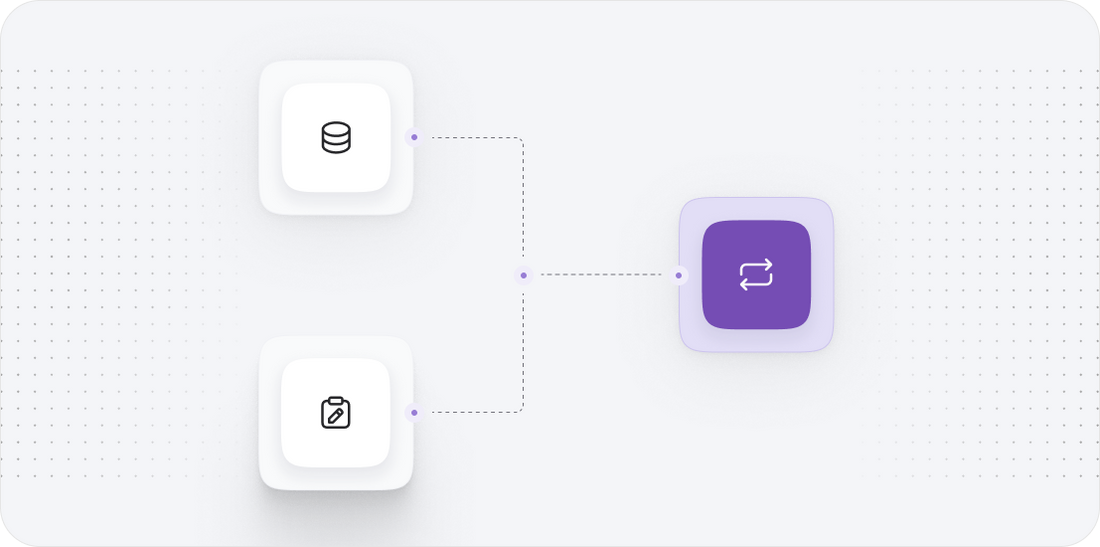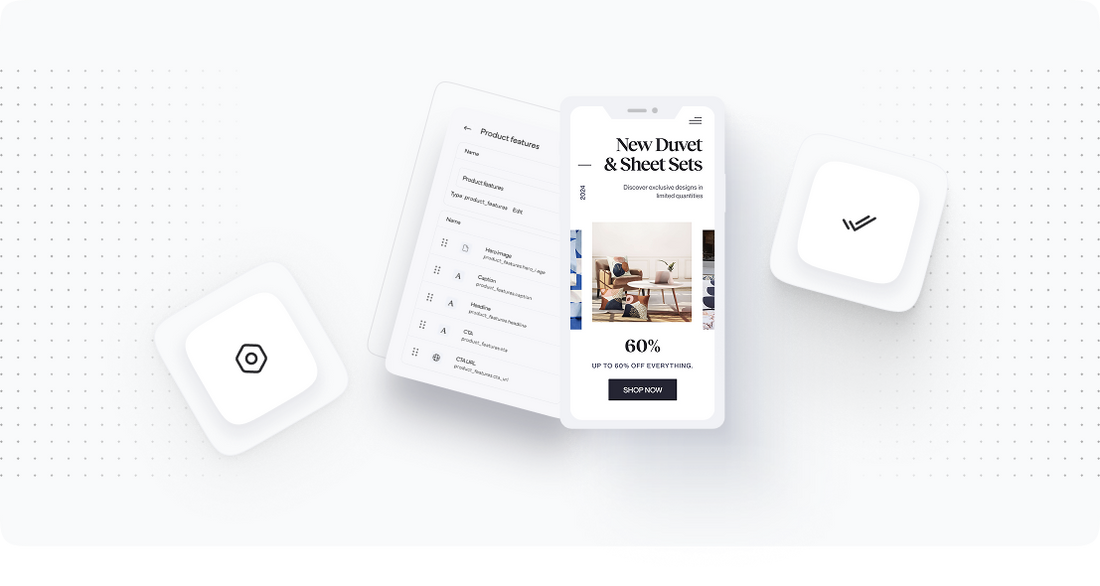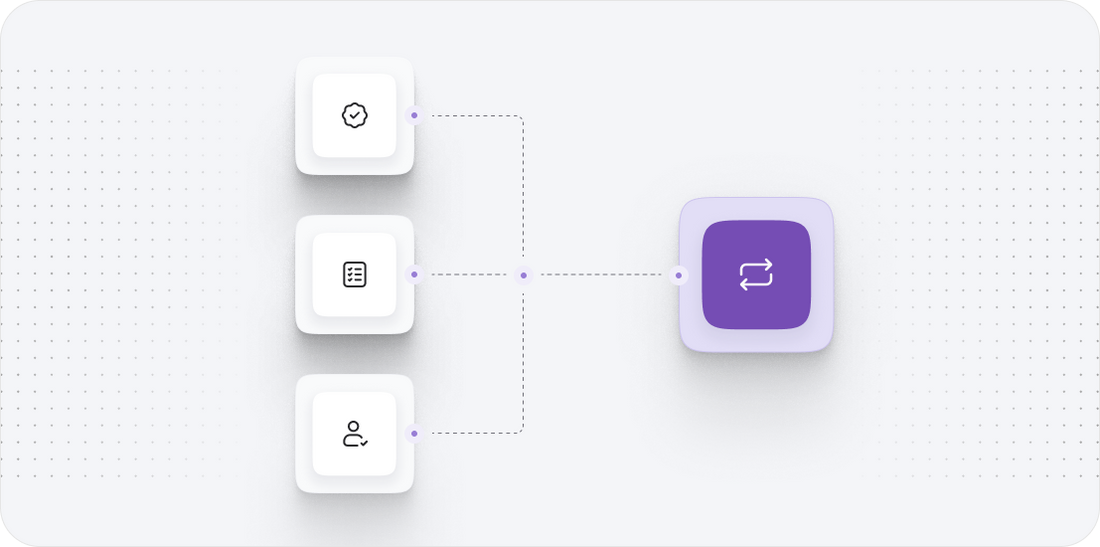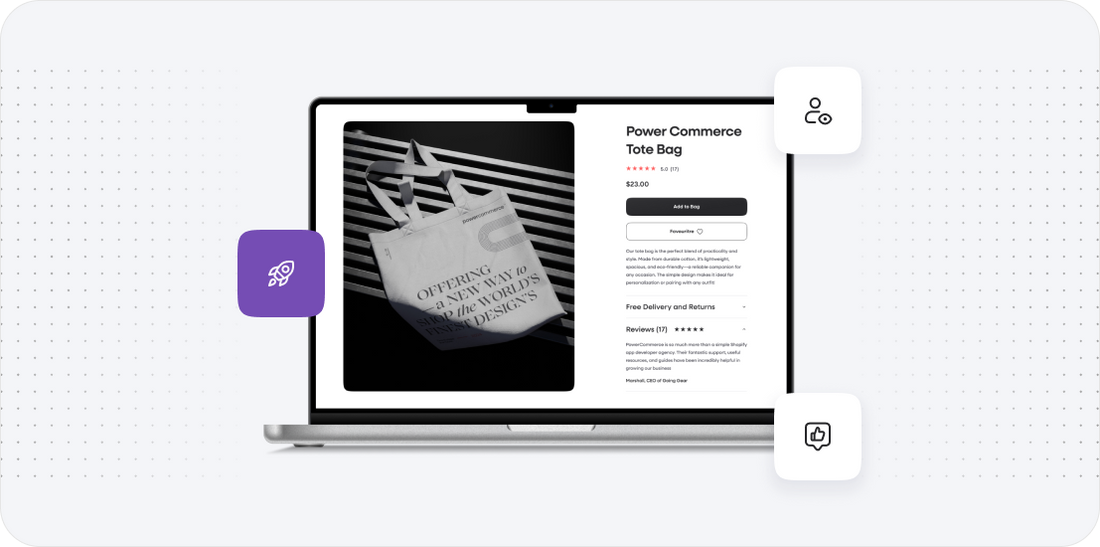





Mirakl to Ubercart
Migrating your store from Mirakl to Ubercart might seem daunting, but with proper planning and the right tools, it's a smooth process. Follow this step-by-step guide to ensure a successful transition.
Schedule a call
Mirakl to Ubercart Migration Guide
Step 1: Preparing for Migration
In this step, we outline the essential preparations needed before initiating the migration from Mirakl to Ubercart, including a detailed assessment of your current setup and data requirements.
Step 2: Setting Up Your Ubercart Environment
This step involves configuring your Ubercart environment, including the installation and initial setup necessary for a successful migration from Mirakl.
Step 3: Exporting Data from Mirakl
This step details the process of exporting your data from Mirakl, focusing on the various data types that need to be transferred to Ubercart.
Step 4: Preparing Data for Ubercart Import
In this step, we focus on preparing the exported data for import into Ubercart, including formatting and mapping necessary fields.
Step 5: Importing Data into Ubercart
This step covers the actual process of importing your prepared data into Ubercart, ensuring that all records are accurately transferred.
Step 6: Testing and Verifying the Setup
In this step, we conduct thorough testing of your Ubercart setup to ensure that all imported data functions correctly and the store operates as intended.
Step 7: Launching Your Ubercart Store
This step prepares you for the final launch of your Ubercart store, including essential marketing and operational steps to ensure a smooth transition.
Power Your Step - Get in Touch
Contact PowerCommerce today to leverage our expert migration support and ensure a seamless transition from Mirakl to Ubercart.
Step 1: Preparing for Migration
Before we begin the migration from Mirakl to Ubercart, it is crucial to prepare thoroughly. This preparation phase serves as the foundation for a successful migration, ensuring that all necessary data is accurately collected and organized. The primary objective is to assess your current Mirakl setup, identify the data types to migrate, and outline a structured plan that minimizes downtime and enhances data integrity during the transition.
We will commence by conducting a comprehensive analysis of your existing Mirakl marketplace. This analysis includes:
- Data Inventory: Create a detailed inventory of all data types currently in use, including products, categories, customers, orders, and any custom attributes. This will help you understand the volume and structure of the data that needs to be migrated.
- Data Cleanup: Perform a thorough review of your data and eliminate any obsolete or unnecessary entries. This could involve deleting outdated products, correcting customer information, and archiving old orders, which will streamline the migration process.
- Backup Current Data: Before making any changes, it's vital to back up your current data. This can be done by exporting your data in CSV format or using Mirakl's built-in backup tools. Storing a secure copy of your data protects against any potential loss during the transition.
In addition, it is important to document any unique features or customizations currently implemented in your Mirakl setup. Understanding these elements will allow us to replicate necessary functionalities in Ubercart, ensuring a seamless transition for your users.
Finally, we recommend setting a timeline for your migration project, detailing each phase and key milestones to keep the process on track. This structured approach will help us manage expectations and ensure a smooth migration experience.

Step 2: Setting Up Your Ubercart Environment
Once we have prepared our data and created a solid foundation, the next step is to set up your Ubercart environment. This is a critical phase where we will install and configure Ubercart to ensure it is ready to accept migrated data from Mirakl.
To install and set up Ubercart, follow these steps:
- Choose a Hosting Provider: Since Ubercart is a self-hosted solution, selecting a reliable hosting provider is essential. Look for hosting that offers fast load times, good uptime records, and is compatible with Drupal.
- Install Drupal: Ubercart operates within the Drupal CMS framework. Begin by downloading the latest version of Drupal from the official site and follow the installation guide provided. Ensure that all server requirements are met for optimal performance.
- Install Ubercart Module: After installing Drupal, download the Ubercart module from the official Ubercart website. Upload the module to your Drupal installation by placing it in the 'sites/all/modules' directory. Enable the module through the Drupal admin panel.
As part of the installation process, configure basic settings in the Ubercart admin panel:
- Store Settings: Set up your store's name, email address, and contact details. These settings are crucial for customer communications.
- Payment Methods: Configure payment gateways that you wish to use. Ensure that they align with what you used in Mirakl for consistency.
- Shipping Methods: Set up your shipping options, including rates and regions served. This ensures a smooth customer experience post-migration.
Following these steps, conduct a thorough review of your Ubercart settings to ensure everything is aligned with your business needs. This initial setup phase is vital for creating a robust foundation for the migration process.

Step 3: Exporting Data from Mirakl
With the Ubercart environment set up, we will now focus on exporting the necessary data from Mirakl. This step is crucial as it involves extracting all relevant information that will be migrated to Ubercart.
We will begin by accessing the Mirakl dashboard and navigate to the data export section. Here are the detailed steps to follow:
- Access the Data Export Tool: In the Mirakl admin panel, look for the 'Data Export' option. This tool allows you to specify which data you wish to export.
- Select Data Types: Choose the types of data to export. Typically, this includes:
- Products: Export all product details, including SKUs, descriptions, prices, images, and stock levels.
- Categories: Ensure you include category structures to maintain product organization in Ubercart.
- Customers: Export customer information, including names, emails, and addresses, to ensure continuity in service.
- Orders: If applicable, export historical order data to maintain customer records.
- Export Format: Choose a suitable file format for export, such as CSV or XML, which are commonly supported by migration tools.
- Initiate the Export: Once selections are made, initiate the export process. Depending on the volume of data, this may take some time. Ensure that you receive confirmation once the export is complete.
After exporting, download the exported files and store them securely. It’s advisable to verify the integrity of the exported data by opening the files and checking for completeness and correctness. This verification step is essential to avoid issues during the migration to Ubercart.

Step 4: Preparing Data for Ubercart Import
Having successfully exported your data from Mirakl, the next phase involves preparing this data for import into Ubercart. This preparation is essential to ensure compatibility and correct mapping of data fields, which helps maintain data integrity and usability.
We will focus on the following key actions:
- Data Formatting: Open the exported files in a spreadsheet application. Ensure that each data type (products, categories, customers, orders) is in a separate sheet. Standardize the formatting of fields to align with Ubercart’s requirements.
- Field Mapping: Identify the corresponding fields in Ubercart for each data type. For example:
- For products, map the SKU, name, description, price, and images to their respective fields in Ubercart.
- For categories, ensure that the hierarchy aligns with Ubercart's category structure.
- For customers, map all necessary fields, including first name, last name, email, and address.
- Data Validation: Perform a thorough check of all data to ensure accuracy. Look for missing values, incorrect formats, and any discrepancies that could lead to errors during import.
This preparation process is critical to avoid complications during the actual import into Ubercart. Once completed, save the files in a format supported by Ubercart, typically CSV.

Step 5: Importing Data into Ubercart
Now that we have prepared our data, we can proceed to the import phase, where we will transfer the data into Ubercart. This step is crucial as it involves the actual migration of data, ensuring that everything from Mirakl is accurately reflected in your new Ubercart setup.
Follow these steps to import your data:
- Access Ubercart Import Tools: Navigate to the Ubercart admin panel and locate the import tools section. Here you will find options to import different types of data.
- Import Products: Start with the product data:
- Select the appropriate import option for products.
- Upload the CSV file containing your product information.
- Map the fields as required by Ubercart. This includes linking your SKU, prices, descriptions, etc., to the corresponding fields in Ubercart.
- Run the import process. Monitor for any errors that may arise and address them accordingly.
- Import Categories: Repeat the process for category data:
- Select the category import option.
- Upload the CSV file and map the fields as needed.
- Run the import and check for successful completion.
- Import Customers: Next, import customer data:
- Choose the customer import option and upload the corresponding CSV file.
- Ensure that all fields are accurately mapped to the correct customer attributes in Ubercart.
- Run the import process and verify completion.
- Import Orders: If you are migrating historical order data, repeat the above steps for orders, ensuring to map all relevant fields correctly.
Post-import, it’s essential to validate that all data has been transferred correctly. This involves checking the Ubercart admin panel for discrepancies, missing products, or incorrect customer details.

Step 6: Testing and Verifying the Setup
After successfully importing your data into Ubercart, the next step is to conduct thorough testing and verification of your setup. This critical phase ensures that everything is functioning properly, and it allows us to identify and rectify any issues before going live.
We will focus on the following key testing actions:
- Data Consistency Check: Review the imported data for accuracy. Check that all products, categories, and customers are correctly displayed in the Ubercart admin panel. Ensure that product attributes such as images, descriptions, and prices are accurate.
- Functional Testing: Perform functional tests on the following:
- Product Listings: Browse the storefront to verify that all products are listed correctly and that their categories are functioning.
- Checkout Process: Simulate a complete checkout process to ensure that payments, shipping, and order confirmations work correctly.
- Customer Account Features: Test customer account functionalities, including creating an account, logging in, and viewing order history.
- Performance Testing: Assess the performance of your new Ubercart installation. This includes load testing to see how it handles multiple users and transactions simultaneously.
After completing testing, gather feedback from team members who will be using the platform. This collaborative approach allows us to identify any last-minute adjustments needed before launching your new store.

Step 7: Launching Your Ubercart Store
With testing complete and all necessary adjustments made, we are now ready to launch your Ubercart store. This step is pivotal as it marks the transition from Mirakl to your new platform, and it is essential to ensure that the launch is as smooth as possible.
Follow these guidelines for a successful launch:
- Finalize Store Settings: Before going live, double-check all store settings in Ubercart. This includes payment methods, shipping rates, customer notifications, and return policies. Ensure that everything aligns with your business objectives.
- Plan Your Marketing Strategy: Prepare a marketing strategy to announce your new store to existing customers. This can include:
- Email campaigns to notify customers of the new site and any promotional offers.
- Social media announcements to generate excitement and drive traffic.
- Content marketing initiatives to highlight new features and products available on your Ubercart store.
- Monitor the Launch: On launch day, monitor the store closely for any issues that arise. Be prepared to address customer inquiries and technical challenges promptly.
- Post-Launch Review: After the launch, conduct a review of the performance metrics. Analyze customer feedback and sales data to identify areas for improvement.
Launching your Ubercart store is an exciting milestone. By following these steps and remaining proactive, we can ensure that your transition from Mirakl is successful and that your new store meets your business needs.

Power Your Step - Get in Touch
If you are ready to take the next step in your ecommerce journey, we are here to help. At PowerCommerce, we specialize in streamlining the migration process from Mirakl to Ubercart, ensuring that your transition is efficient and effective.
Contact us today to learn more about our services:
- Visit our contact page to fill out our inquiry form.
- Call us directly at 800-099-9090 for immediate assistance.
- Email us at info@powercommerce.com with your questions or to schedule a consultation.
We pride ourselves on our commitment to innovation, scalability, and customer-centricity. Let us help you power your ecommerce success!
Stay aligned on what's happening in the commerce world
Trusted by 1000+ innovative companies worldwide
Schedule Your Migration Today
For businesses prioritizing simplicity, scalability, and robust support, Shopify is the clear winner.
Looking to migrate without hassle? Power Commerce can handle the entire process, ensuring smooth data transfer, store setup, and post-launch success.
Marka Marulića 2, Sarajevo, 71000 BiH
00387 60 345 5801
info@powercommerce.com


